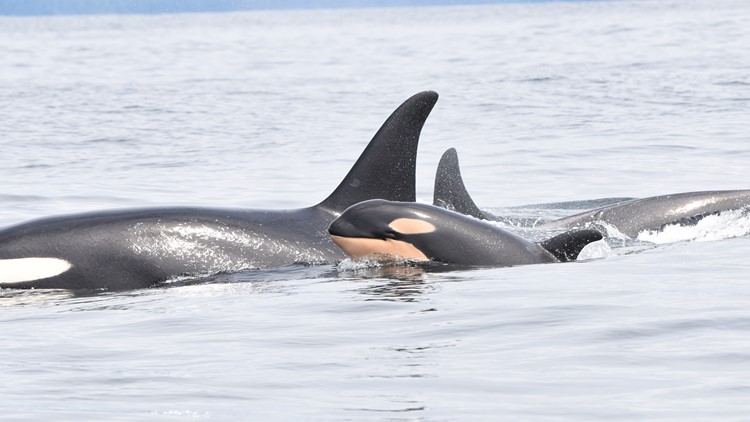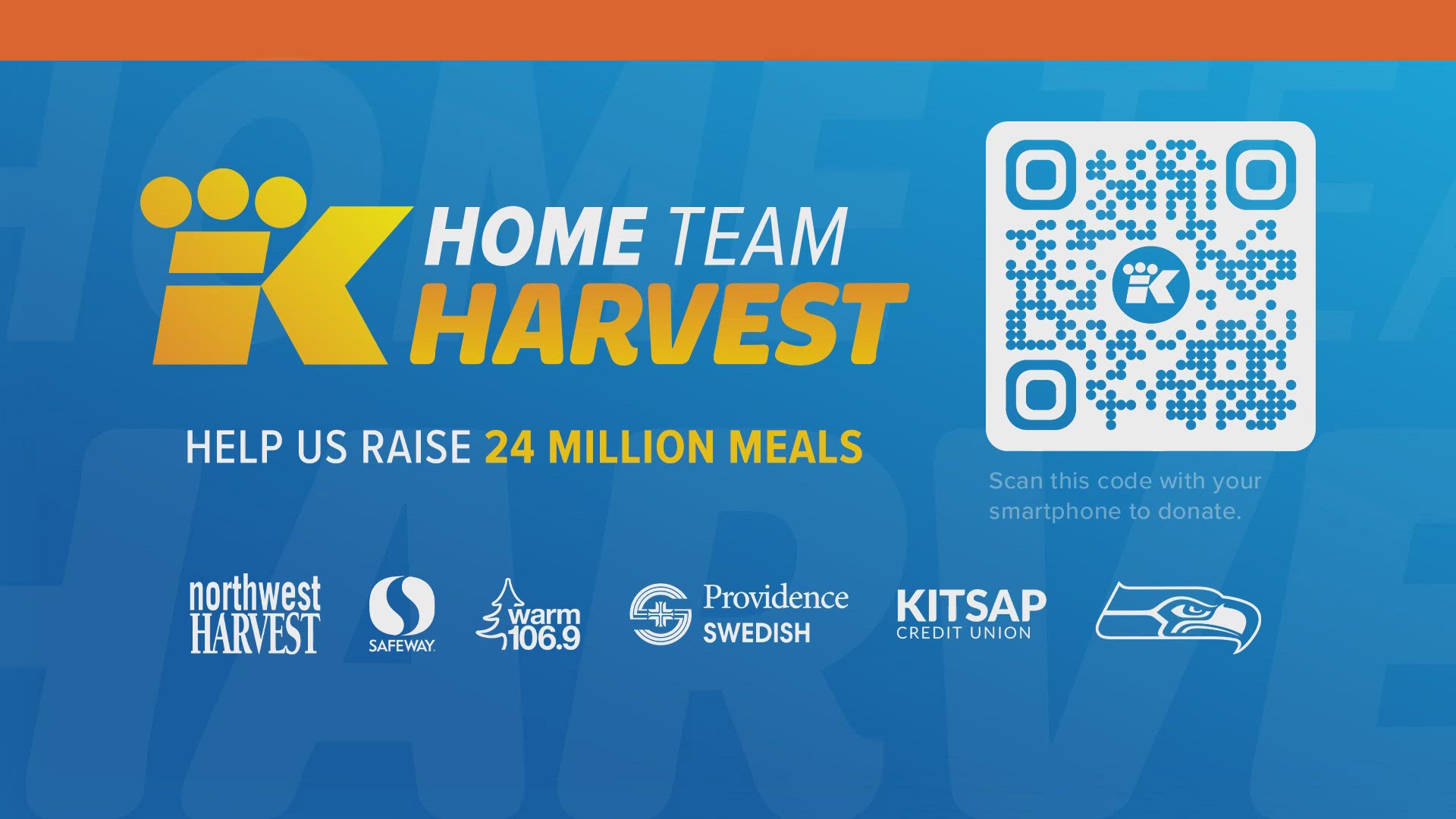After a long hiatus, the Southern Resident J and K pods have returned to inland waters.
Center for Whale Research Executive Director Ken Balcomb spotted J pod Friday for the first time since late April and K pod for the first time since January.
Though Canadian wildlife officials saw the L pod off the west coast of Vancouver Island last week, those whales have not come inland yet, according to Balcomb.
“They look good,” Balcomb said. “They’re eating fish out there. The only reason they come in here is for salmon.”
The killer whales were seen in the Haro Strait to the west of San Juan Island.
Balcomb officially documented a new, female calf in the J pod designated as J56. J56 was likely born in late May off the coast of Tofino, British Columbia. The baby’s mother is 24-year-old J31.
“It survived to this point and it looked good today,” Balcomb said. “And we got good enough pictures that we can ID it repeatedly.”
Though the pod sightings is positive, their earlier absence this summer is concerning to orca experts. Typically, the Southern Residents come inland between May and September - their presence has been declining since the mid-1980’s when they were seen almost daily.
The reason has to do with Chinook salmon, which is the orcas’ preferred food. Dwindling salmon returns have forced the orcas to look elsewhere, and if lawmakers and wildlife officials don’t take measures to increase the population, advocates worry it could be the end of the Southern Residents.
“This is the worst we’ve seen it,” Balcomb said. “We’ve predicted it. They’re not going to come here at all if there’s not any restoration of the fish.”



